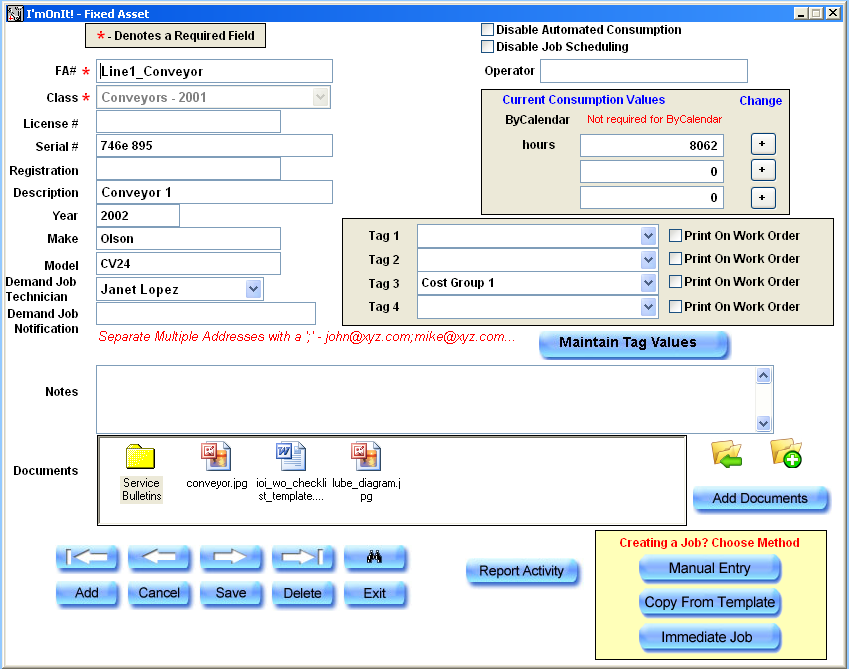
Random number allocation was used to assign the 46 participants to either experimental (n=23) or control (n=23) groups.

Pre-intervention assessment was made to compare the effects pre- and post-intervention. Twenty-three among 69 participants were excluded by the screening test (lumbar instability test). However, a drop-out rate of 15% was considered, thereby setting the minimum number of participants to 20. Moderate effect size (effect size=0.5) was set based on Cohen’s d, significance level was set to α=0.05, and power (1-β)=0.8, resulting in a minimum 17 of participants. To calculate the sample size, G-power 3.19 software was used. If there were more than 3 items that were positive, the person was categorized as having lumbar instability. Lumbar instability testing consisted of: (1) lumbar instability test in prone position (pain occurring while applying pressure on the vertebral segments by raising both legs up in prone position is indicated as positive), (2) lumbar posterior-anterior mobility test (excessive or abnormal movements while pressure is applied on the vertebral segments prone position is indicated as positive), (3) straight leg raising test (mean angle exceeding 90 degrees during hip flexion with knee flexed on both sides is indicated as positive), (4) passive lumbar extension test (pain occurring when both legs are lifted in prone position and pain relieved when the legs are returned to the starting position is indicated as positive), and (5) under 40 years of age. This was randomized control trial, in which the recruited participants went through lumbar instability testing for selection screening. The hypothesis of this study is that the activation of deep muscles during accurate forced respiratory training will reduce pain and increase motor and pulmonary functions to provide psychosocial stability. Therefore, this study aimed to investigate the effects of progressive stabilization exercise with respiration resistance on pain, motor function, pulmonary function, and psychosocial factors. There are many studies on various exercise methods on patients with low back pain, but it is only recent when the importance of respiration has been emphasized. The implementation of respiration techniques such as abdominal hollowing, diaphragm, and respiratory resistance assists harmonious muscle activations with other muscles, and it affects posture and spinal stabilization greatly by co-contracting deep muscles such as internal oblique abdominals, multifidus, and pelvic floor muscles. Respiration techniques that induce transversus abdominis and diaphragm contraction are implemented to enhance the effects of spinal stabilization for patients with low back pain. To provide stabilization through the lumbar segment, contraction of the deep muscles is a critical factor.

These exercise methods treat and prevent low back pain, and also has the advantage of stabilizing and progressively approaching the lumbo-pelvic area. Particularly, erector spinae, multifidus, quadratus lumborum, iliopsoas, and abdominals play an important role in stabilizing the spine, and exercise methods that progressively activate these muscles are recently being recommended.

Stabilization of the deep muscles plays a critical role in anatomical structures of patients with low back pain. The effects of stabilization exercise program methods that enhance muscle activation through trunk muscle contraction for pain decrease and functional recovery have been reported. Patients with low back pain are prescribed exercises with various intensity and form for muscle strengthening and balance control. Considering that the primary cause of low back pain is lumbar instability and muscle imbalances, maintaining proper posture and exercise programs for enhancing balance abilities are essential for low back pain management. Instability may also result from weakening of lumbar muscles, and increase psychosocial problems such as depression, and low quality of life may arise along with anxiety, depression, and feeling of helplessness in people with chronic low back pain. Early stages of low back pain can progress to chronic pain depending on the frequency of the pain attacks, and this leads to muscle imbalances and motor dysfunctions. Longer times are spent in a seated position due to industrialization and the development of transportation methods, and it has led to lower-extremity and trunk muscle weakness, causing chronic low back pain.


 0 kommentar(er)
0 kommentar(er)
